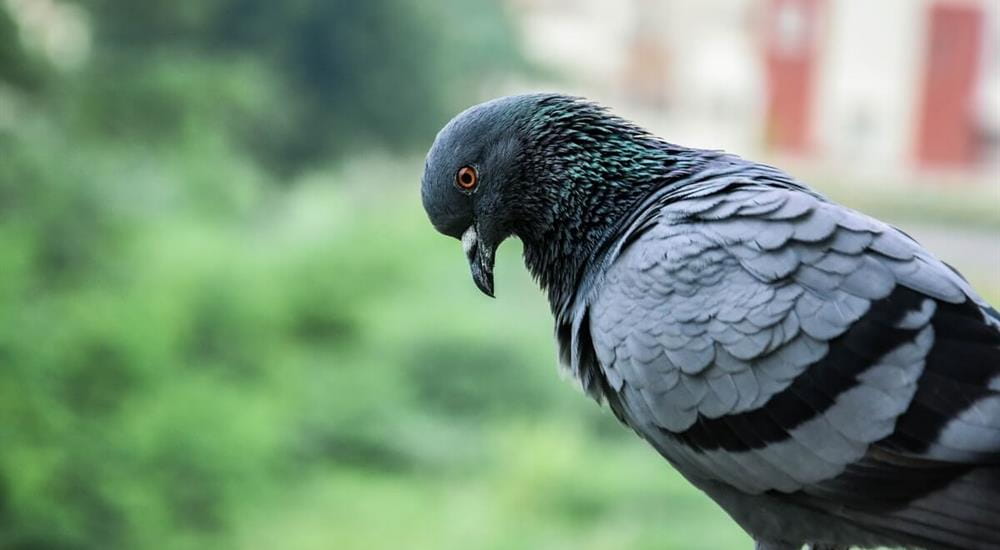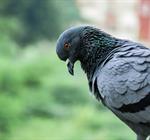
13 Jul 2018 | Apex Environmental Services (UK) Ltd
Successfully bird proofing your property requires experience and expertise. While every property is different, there are some common areas which are prone to bird-related problems. Rooves, for example, are routinely damaged by birds and your property could even sustain structural damage if action isn’t taken.
As birds can often nest in gutters or on the roof without being disturbed, their breeding cycle can quickly become centred around your property. Further still, if birds can access the inside of your roof, your loft could sustain additional damage.
Although property damage is a big concern when it comes to bird proofing, the health benefits of bird proofing your property cannot be overstated. Bird mess, or guano, can contain dangerous bacteria, such as Salmonella or E. Coli and this could cause harm to anyone who comes into contact with it. If someone contracts this type of condition while they’re in or on your property, they may even take legal action against you. By conducting effective bird scaring and bird proofing, you can help to protect the structural integrity of the building and the safety of anyone in the vicinity.
How Does Bird Scaring Work?
Bird scaring essentially encourages birds to migrate to another area, rather than roosting or nesting on your property. By using birds of prey to scare other species, the existing birds are dissuaded from using your property and are unlikely to return.
Although bird scaring and hawking relies on the bird’s natural survival instinct, it is not harmful to the birds in any way. While hawks and similar species are used to scare the birds away, they are not used to target or attack any bird or animal. In fact, hawking is considered to be an environmentally friendly method of bird proofing and bird control.
Creating A Bird Scaring Strategy
Birds are intelligent creatures so it’s essential to have an appropriate strategy in place before bird scaring is undertaking. If hawking takes place at a specific time, for example, some species of birds will learn to recognise this and will simply avoid the area on a temporary basis.
By carrying out hawking activities at different times of the day and at unpredictable intervals, birds will learn that your property is not a safe place to nest or roost, and will move on to another location.
In addition to this, hawking can be accompanied by other bird scaring measures in order to increase the effectiveness of the strategy. Pyrotechnics are a great way to scare birds, for example, and they can be used safely and without causing any harm to birds in the area. Similarly, bio acoustics can be used to replicate a bird’s distress call, thus encouraging other birds to flee the area.
By combining these bird scaring methods, Apex Environmental Solutions can bird-proof your property, remove existing bird infestations and reduce the risk of secondary pest infestations occurring.
To find out more about local bird control, contact Apex today.


